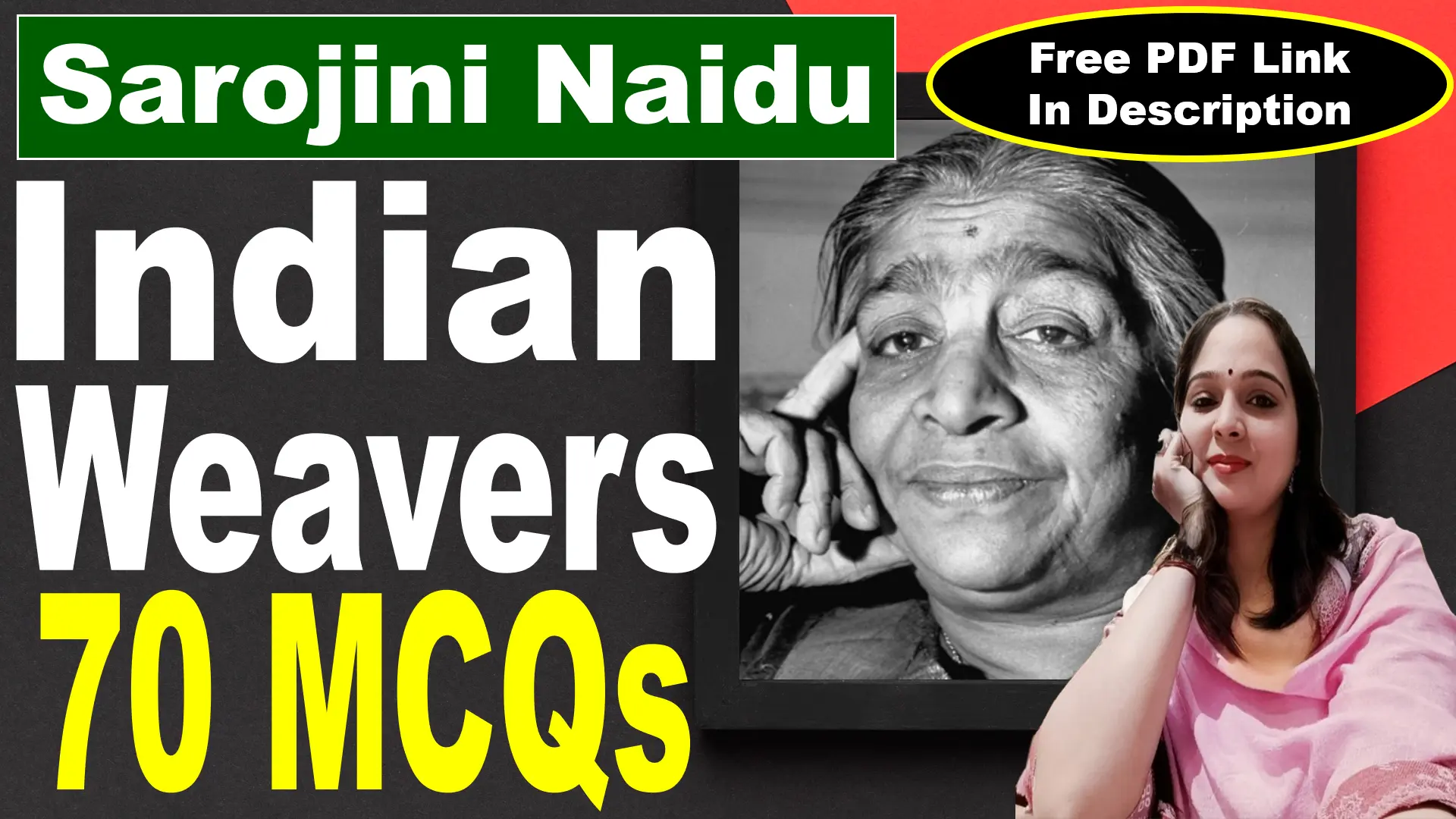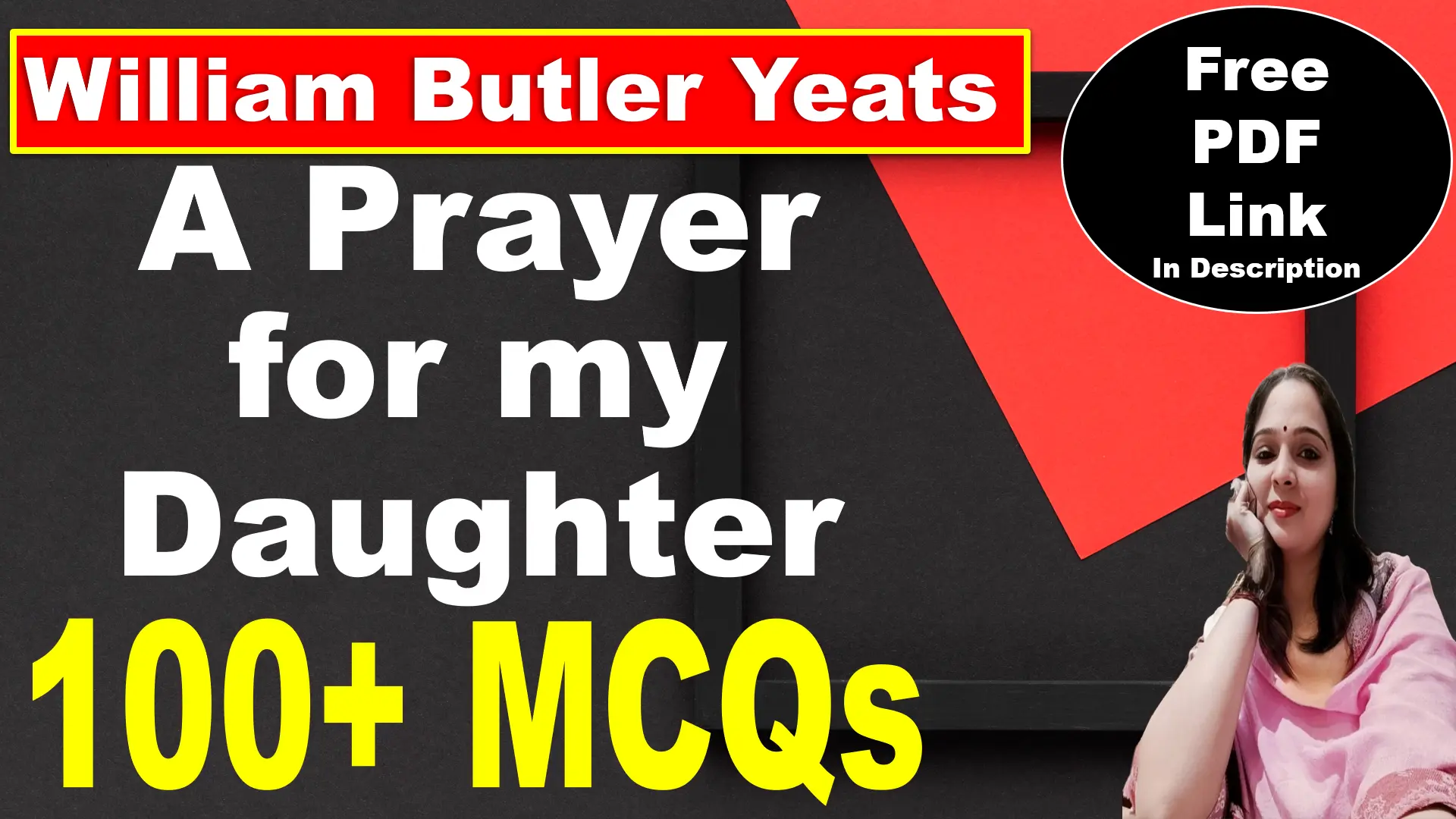
21. What was Rusty’s biggest struggle under Mr. Harrison’s guardianship?
a) Lack of food
b) Lack of freedom
c) Financial problems
d) School discipline
Answer: b) Lack of freedom
Explanation: Rusty’s biggest problem under Mr. Harrison was that he had no freedom. Mr. Harrison was a strict Englishman who did not allow Rusty to interact with Indians or experience Indian culture. Rusty was forced to follow strict rules, and his daily life was controlled. He felt lonely, suffocated, and disconnected from the world outside. His desire for freedom is what eventually pushes him to run away from Mr. Harrison’s house and start his journey of self-discovery.
22. Why does Rusty get beaten by Mr. Harrison?
a) For playing in the rain
b) For stealing money
c) For celebrating Holi with Indians
d) For running away
Answer: c) For celebrating Holi with Indians
Explanation: Rusty was curious about Indian culture, and his friends invited him to celebrate Holi, the festival of colors. This was the first time he felt truly happy and free. However, when he returned home covered in colors, Mr. Harrison was furious. He believed that Rusty should only follow British customs and saw Indian festivals as improper. He beat Rusty as punishment, which became the final reason for Rusty’s decision to run away and never return.
23. What is the significance of The Room on the Roof in the novel?
a) It symbolizes Rusty’s imprisonment
b) It represents Rusty’s escape and independence
c) It is a place where Rusty studies
d) It is a place where Rusty meets Meena Kapoor
Answer: b) It represents Rusty’s escape and independence
Explanation: The Room on the Roof is more than just a physical place—it symbolizes Rusty’s freedom. After running away, Rusty is given a small room on the roof of Mr. Kapoor’s house. This room represents his first step toward independence. He no longer lives under Mr. Harrison’s control and starts making his own decisions. It is in this room that Rusty begins to understand what it means to live life on his own terms.
24. What is Kishen’s personality like?
a) Quiet and shy
b) Mischievous and fun-loving
c) Strict and disciplined
d) Lazy and uninterested in life
Answer: b) Mischievous and fun-loving
Explanation: Kishen is a lively, mischievous, and playful boy. He enjoys having fun and often gets into trouble. However, he is also caring and forms a strong bond with Rusty. Kishen’s carefree personality contrasts with Rusty’s serious and uncertain nature. His playful attitude helps Rusty loosen up and enjoy life, but later, Kishen also struggles with his emotions, especially after his mother’s death.
25. How does Rusty react when Meena Kapoor dies?
a) He is indifferent
b) He feels responsible for her death
c) He is heartbroken and depressed
d) He decides to move back to Mr. Harrison’s house
Answer: c) He is heartbroken and depressed
Explanation: Rusty deeply admired and secretly loved Meena Kapoor, who was one of the few people who treated him with warmth and kindness. Her sudden death in a car accident was a huge emotional shock for Rusty. He felt lost, heartbroken, and depressed. Her death was also a turning point in the novel, forcing Rusty to realize that life is unpredictable, and he must find his own way instead of depending on others for happiness.
26. What does Rusty learn from his friendship with Somi and Ranbir?
a) To cheat and steal
b) To be free, confident, and independent
c) To fear Mr. Harrison
d) To return to his strict English lifestyle
Answer: b) To be free, confident, and independent
Explanation: Somi and Ranbir introduce Rusty to a new way of living—one that is full of joy, friendship, and freedom. Unlike Mr. Harrison, they do not force him to follow strict rules. Instead, they accept him as he is and help him see that life is about experiences, fun, and independence. Their friendship gives Rusty the courage to stand up for himself, leave his guardian, and live life on his own terms.
27. What does Mr. Kapoor spend most of his time doing?
a) Reading books
b) Drinking alcohol
c) Teaching Rusty English
d) Traveling abroad
Answer: b) Drinking alcohol
Explanation: Mr. Kapoor, Meena Kapoor’s husband, is a careless and irresponsible man. Instead of taking care of his wife and son, he spends most of his time drinking alcohol. He does not realize that his wife is unhappy in their marriage. Because of his neglect, Rusty and Meena develop a close bond. Mr. Kapoor represents adults who fail to take responsibility, making life difficult for those around them.
28. What does Rusty start doing as he becomes more independent?
a) He starts writing
b) He opens a shop
c) He becomes a schoolteacher
d) He starts traveling across India
Answer: a) He starts writing
Explanation: As Rusty experiences life outside Mr. Harrison’s strict rules, he gains confidence and self-awareness. He begins to write about his experiences, thoughts, and emotions. Writing becomes an important way for him to express himself and understand his feelings. This part of the novel reflects the real-life journey of Ruskin Bond, who also became a writer at a young age and wrote The Room on the Roof based on his own experiences.
29. What happens when Rusty finally fights back against Mr. Harrison?
a) He gets expelled from school
b) He runs away and never returns
c) He is locked in a room
d) He is forgiven by Mr. Harrison
Answer: b) He runs away and never returns
Explanation: For a long time, Rusty was too afraid to stand up to Mr. Harrison. But after experiencing friendship, fun, and freedom with his Indian friends, he realizes that he does not want to live under Mr. Harrison’s control anymore. When Mr. Harrison beats him for celebrating Holi, Rusty decides to escape. He runs away and never returns, marking the beginning of his journey toward independence.
30. What does Somi’s Sikh identity teach Rusty?
a) That people can have different cultural beliefs and still be friends
b) That Sikhs and Anglo-Indians cannot be friends
c) That only Sikhs are strong
d) That Rusty should convert to Sikhism
Answer: a) That people can have different cultural beliefs and still be friends
Explanation: Somi is a Sikh, while Rusty is an Anglo-Indian with a British upbringing. However, their different backgrounds do not stop them from becoming best friends. Through his friendship with Somi, Rusty learns that cultural and religious differences do not matter in true friendship. He realizes that people from different backgrounds can still understand, support, and care for each other, which helps him embrace Indian culture more openly.
31. Why does Rusty choose to stay in India at the end of the novel?
a) He has no money to travel
b) He feels he belongs in India
c) Kishen forces him to stay
d) He is too afraid to go to England
Answer: b) He feels he belongs in India
Explanation: Rusty starts the novel feeling disconnected—neither fully British nor fully Indian. Initially, he dreams of returning to England, but his experiences in India change him. By the end of the novel, he realizes that India is where he feels truly happy and free. He has made strong friendships, learned about love, and gained independence. This marks his acceptance of his new identity and his decision to stay and build a life in India.
32. How does Rusty’s personality change throughout the novel?
a) He becomes stronger and more independent
b) He becomes more dependent on others
c) He becomes fearful and submissive
d) He becomes more arrogant and selfish
Answer: a) He becomes stronger and more independent
Explanation: At the beginning of the story, Rusty is weak, lonely, and dependent on his guardian, Mr. Harrison. He does not know how to make his own decisions. However, through his experiences with friendship, love, and loss, he becomes a confident, self-reliant individual. He no longer needs someone to control his life and learns to take charge of his own future. This transformation makes the novel a coming-of-age story.
33. What role does Holi play in Rusty’s transformation?
a) It makes him realize his love for England
b) It helps him embrace Indian culture and freedom
c) It makes him want to return to his guardian
d) It causes him to lose his friends
Answer: b) It helps him embrace Indian culture and freedom
Explanation: Holi is the first real moment of freedom that Rusty experiences. Before this, his life was controlled by strict British rules under Mr. Harrison. When his Indian friends invite him to play Holi, he lets go of his fears and joins in, experiencing joy and excitement like never before. However, when Mr. Harrison beats him for it, Rusty realizes that he cannot live under such restrictions and decides to run away. This event marks the beginning of his journey toward independence.
34. What lesson does Rusty learn from Meena Kapoor’s death?
a) That love is dangerous
b) That life is unpredictable and he must move forward
c) That he should never trust anyone
d) That he should have stayed with Mr. Harrison
Answer: b) That life is unpredictable and he must move forward
Explanation: Meena Kapoor was one of the few people who cared for Rusty, and he secretly loved her. Her sudden death in a car accident is a huge emotional shock for him. It teaches him that life is unpredictable and filled with loss, but he must keep moving forward instead of dwelling on sadness. This lesson helps Rusty mature, as he realizes that he cannot always rely on others and must take control of his own destiny.
35. What does the Clock Tower symbolize in the novel?
a) The division between Rusty’s controlled life and his newfound freedom
b) Rusty’s loneliness
c) Mr. Harrison’s strict rules
d) The power of friendship
Answer: a) The division between Rusty’s controlled life and his newfound freedom
Explanation: The Clock Tower is a significant symbol in the novel. It represents the barrier between Rusty’s old life under Mr. Harrison and his new life of freedom in India. It is a physical landmark that separates the British-influenced side of town from the Indian streets where Rusty finds joy and independence. Every time Rusty crosses this area, it symbolizes his transition from control to freedom.
36. What ultimately convinces Rusty to stay in India?
a) His love for Kishen and his friends
b) His dislike for English culture
c) A letter from his parents
d) A job opportunity in India
Answer: a) His love for Kishen and his friends
Explanation: Rusty initially planned to return to England, but by the end of the novel, he realizes that his true connections are in India. His friendships, especially with Kishen, Somi, and Ranbir, give him a sense of belonging that he never had before. Their support and love make him feel at home, and he chooses to stay in India rather than return to a life of loneliness in England.
37. How does Rusty’s relationship with Kishen change?
a) They become enemies
b) Kishen looks up to Rusty as an elder brother
c) Rusty stops talking to Kishen
d) Kishen betrays Rusty
Answer: b) Kishen looks up to Rusty as an elder brother
Explanation: Kishen and Rusty form a deep bond throughout the novel. Initially, Rusty is just Kishen’s English teacher, but over time, Kishen starts to see Rusty as an elder brother. Rusty protects him, helps him when he is lost, and encourages him to make better choices. Their relationship is one of the most important in the novel because it shows Rusty’s growth from being a dependent boy to someone who can take care of others.
38. Why is The Room on the Roof considered an autobiographical novel?
a) Because it is about Ruskin Bond’s real-life experiences as a teenager
b) Because it is a history book
c) Because Rusty is a completely fictional character
d) Because it is a biography of someone else
Answer: a) Because it is about Ruskin Bond’s real-life experiences as a teenager
Explanation: The Room on the Roof is based on Ruskin Bond’s own life. Like Rusty, Ruskin Bond was an Anglo-Indian boy who grew up in India, struggled with identity and independence, and eventually found freedom through writing. Many events in the novel, including Rusty’s love for nature, his friendships, and his emotional journey, are inspired by Bond’s own teenage years in Dehradun.
39. What does Rusty’s final decision in the novel symbolize?
a) A rejection of British influence and an acceptance of Indian identity
b) A failure to succeed in life
c) A desire to become like Mr. Harrison
d) A realization that he must return to England
Answer: a) A rejection of British influence and an acceptance of Indian identity
Explanation: At the beginning of the novel, Rusty is deeply influenced by British customs and rules, mostly due to his strict guardian. However, as he experiences Indian culture, friendships, and independence, he realizes that his heart belongs in India. His decision to stay in India rather than return to England symbolizes his acceptance of Indian culture and identity. This marks the completion of his personal transformation.
40. What makes Rusty different from the other Anglo-Indians in his community?
a) He is very rich
b) He wants to explore Indian culture
c) He dislikes books
d) He wants to go back to England
Answer: b) He wants to explore Indian culture
Explanation: Most Anglo-Indians in Rusty’s community follow British customs strictly and avoid interacting with Indians. However, Rusty is curious about Indian culture and wants to experience it. This sets him apart from others in his community. Unlike his strict guardian, Mr. Harrison, Rusty does not look down on Indian traditions. Instead, he enjoys making Indian friends, trying new foods, and embracing festivals like Holi.





